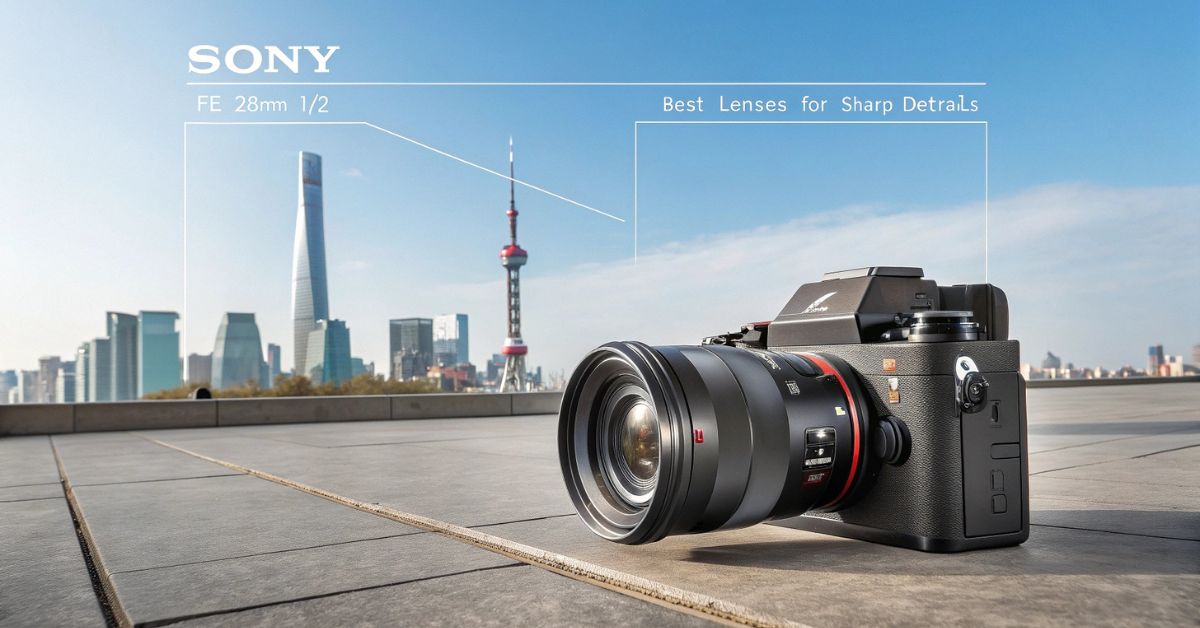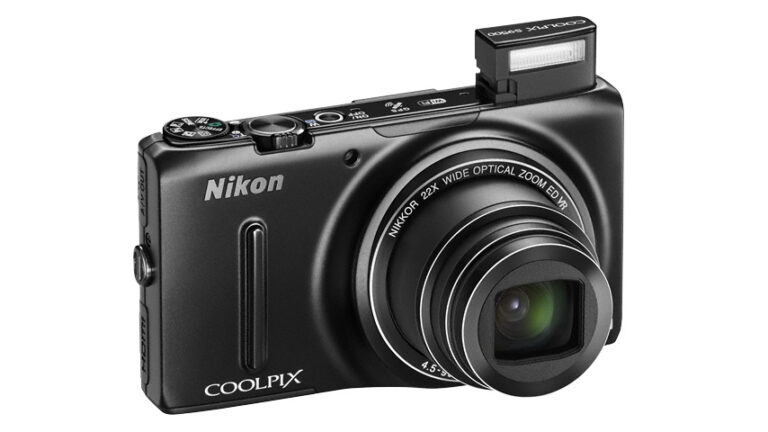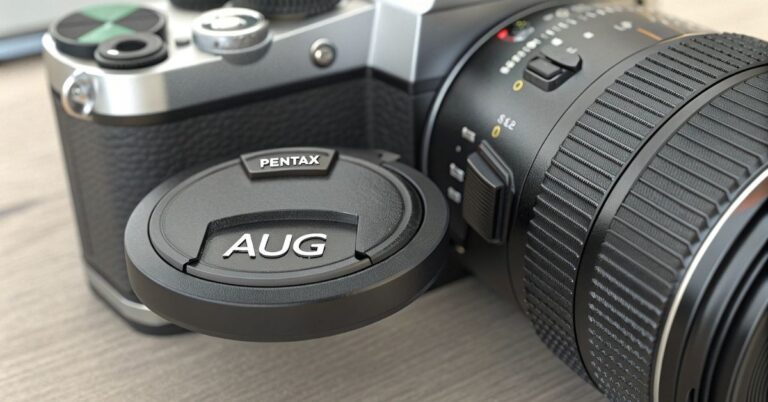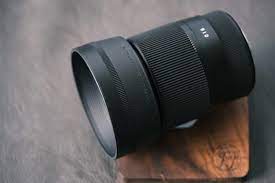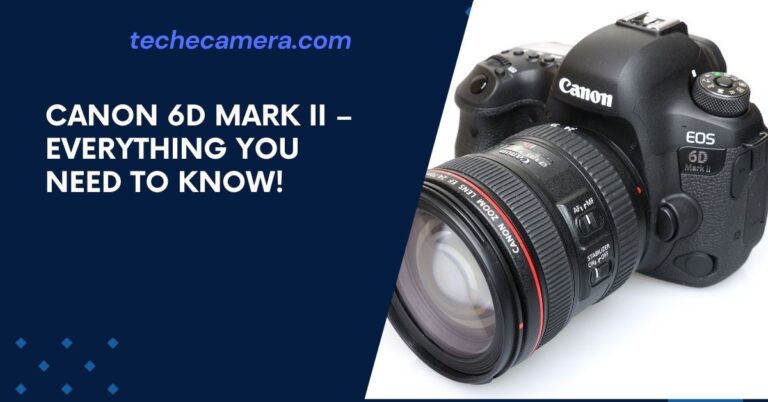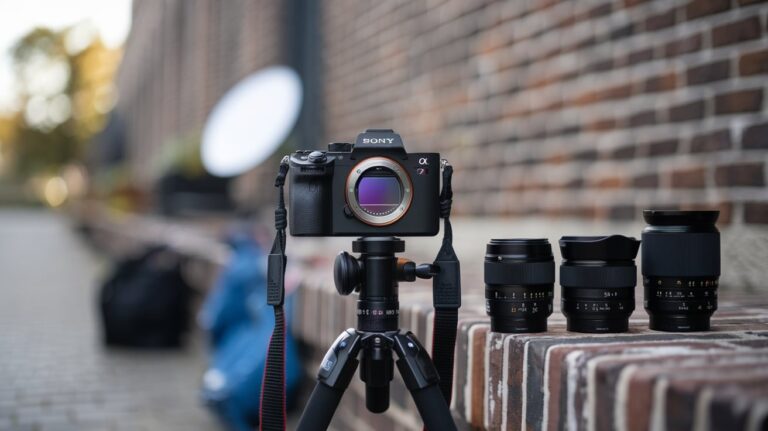Minimal Focal Range on Sony Camera in Zenith – Tips and Best Lenses!
When I took zenith photos with my Sony camera, I found that the minimal focal range is key for sharp details. The Sony FE 28mm f/2 lens worked well, letting me focus closely while capturing wide sky shots. It kept everything clear, even when pointing the camera straight up.
The minimal focal range on a Sony camera is key for capturing sharp zenith photos. It determines how close your lens can focus while maintaining image quality. Whether you’re capturing tall structures or vast skies, understanding this range ensures your photos come out crisp and clear.
Ready to master the minimal focal range on your Sony camera in zenith photography? Stay tuned for tips and tricks that will take your shots to the next level!
What is Focal Length and Why Does It Matter for Zenith Photography? – Understand its Importance!
Focal length is the space between your camera sensor and lens when the image is in focus. It’s shown in millimeters (like 16mm or 200mm).
In zenith photography, it helps decide how much sky or ceiling you can fit into your photo. A wide lens (like 16mm) shows more of the scene, while a zoom lens (like 200mm) focuses on smaller parts like a tower or group of stars.
Understanding Minimum Focusing Distance in Sony Cameras – Master focusing distance!
The minimum focusing distance is how close you can be to your subject and still achieve focus. This matters in zenith shots when you’re photographing elements like tall buildings, trees, or structures from below.
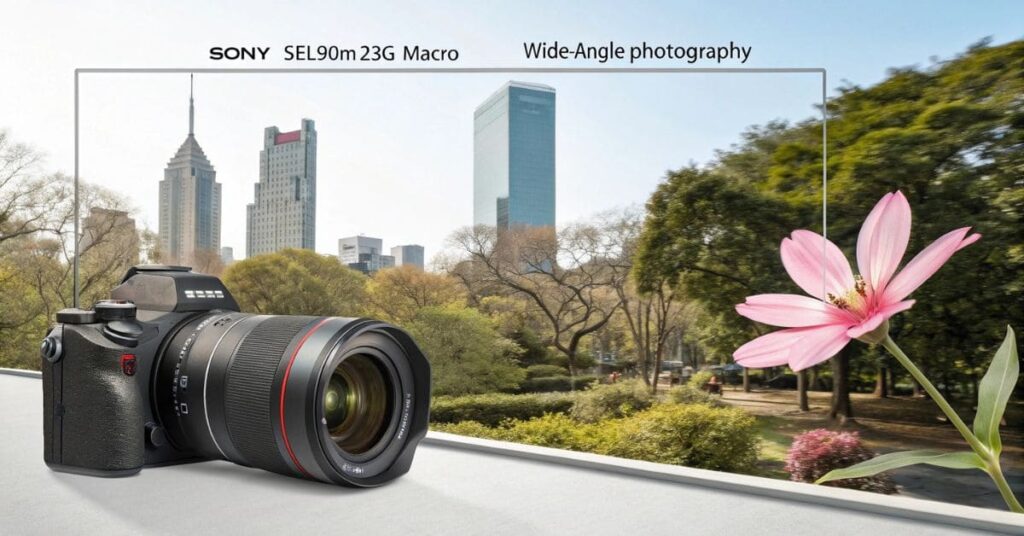
Some Sony lenses, like the Sony SEL90M28G Macro, can focus very close, making them versatile for both macro and zenith shots. Wide-angle lenses, on the other hand, often have a minimal focusing distance of around 0.2 to 0.3 meters, allowing you to capture wide views even when standing close to large structures.
Read Also: Best Place to Sell Used Camera Equipment Near Me – Top Options & Tips!
Why Minimal Focal Range on Sony Camera in Zenith Photography is Important? – Master focal Range!
In zenith photography, you’re often dealing with unique angles. If your lens can’t focus closely while maintaining a wide field of view, you might miss creative shots. The minimal focal range on Sony camera in zenith allows you to shoot objects that are both large and near without blur.
For instance, when photographing a cathedral dome from directly underneath, a short minimal focal range combined with a wide focal length ensures that the entire structure fits in frame and stays sharp.
Best Sony Lenses with Minimal Focal Range for Zenith Shots – Choose the best lens!
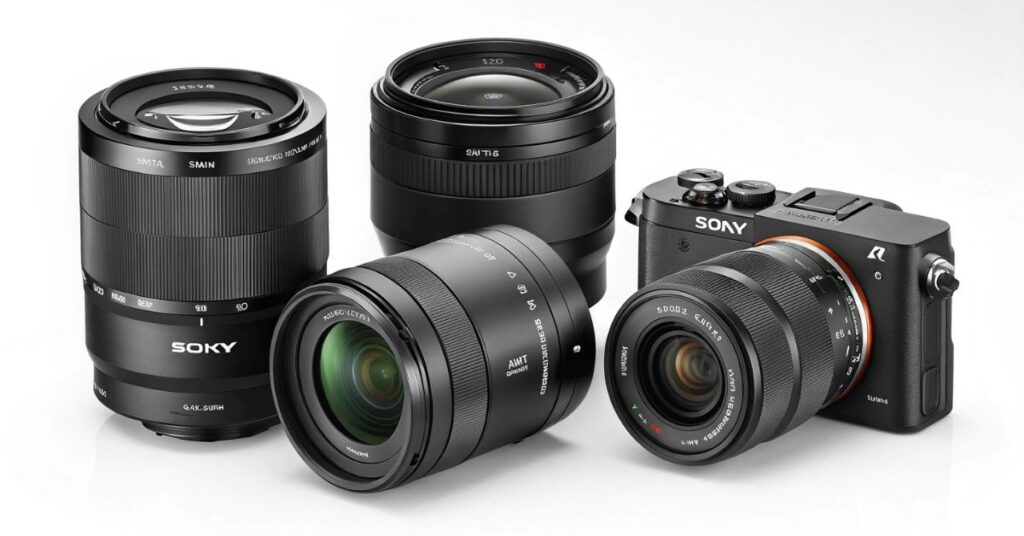
Sony FE 28mm f/2 Lens
This lens is compact, light, and offers a wide view. The minimal focusing distance is just 0.29m, making it perfect for zenith shots of large structures or night skies. Its f/2 aperture allows excellent low-light performance.
Sony SELP1650 Lens
This 16-50mm power zoom lens has a very short minimal focus distance of 0.25m, ideal for wide shots pointing upwards. Its 16mm wide setting helps capture the full sky or towering subjects in one frame.
Sony SEL90M28G Macro Lens
Though primarily a macro lens, it doubles for zenith shots when you need incredible sharpness and close focusing (as little as 0.28m). It’s great for architectural or highly detailed upward shots.
How to Choose the Right Sony Lens for Zenith Photography? – Select the ideal lens!
- Wide-angle or ultra-wide lenses are best for open sky shots.
- Look for lenses with a minimal focusing distance under 0.3m.
- Lenses with f/2.8 or wider apertures help in low light sky photography.
- Prime lenses often have better sharpness for zenith images.
If you’re just starting, the Sony FE 28mm f/2 is a great affordable option. For professionals looking for edge-to-edge sharpness, consider the Sony FE 16-35mm f/2.8 GM.
Camera Settings for Zenith Photography Using Sony Cameras – Perfect your setup!
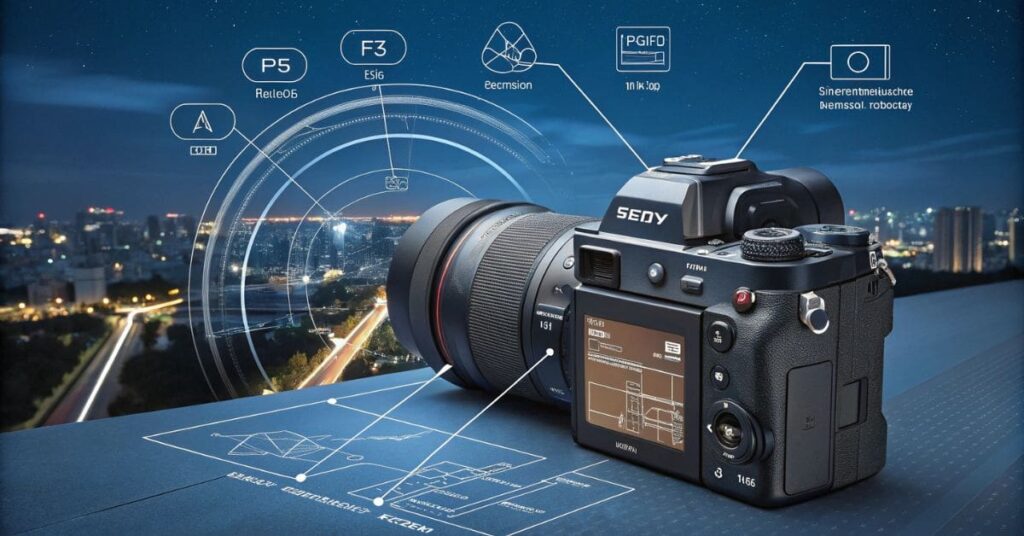
Aperture Settings
Set your lens between f/2.8 and f/5.6 for zenith shots. Wider apertures are good for night skies, while narrower ones help with architectural sharpness.
ISO and Shutter Speed
- For night sky or stars: Use ISO 1600-3200 and shutter speed of 15-30 seconds (on a tripod).
- For bright daylight: Stick to ISO 100-200 and adjust the shutter for perfect exposure.
Manual vs. Auto Focus
Manual focus with focus peaking is recommended. Sony cameras like the Sony A7 series and Sony A6600 offer focus peaking, making it easier to focus precisely in challenging angles.
Read Also: Sony A7C II Hybrid Lens Alternatives – Top Choices for Photo & Video!
Tips for Capturing Stunning Zenith Photos with Sony Cameras – Take stunning zenith photos!
Using a Sturdy Tripod
Shooting upward at sharp angles can be unstable. A sturdy tripod keeps your camera steady for clear, blur-free zenith photos. It’s essential for long exposures or night shots.
Remote Shutter Release for Stability
Pressing the shutter by hand can cause vibration. Use a remote shutter or set a 2-second timer to avoid camera shake and get perfectly sharp images.
Perfect Timing and Weather Considerations
Clear, dark nights are ideal for capturing stars and the night sky. For daytime zenith shots, soft, overcast skies reduce harsh light and shadows for smoother results.
Common Mistakes to Avoid When Shooting Zenith with Sony Cameras – Avoid these Mistakes!
When taking zenith photos with your Sony camera, not using a tripod can make your photos blurry, especially in long exposures. Also, focusing can be hard when pointing straight up, so double-check your focus to make sure your subject is sharp.
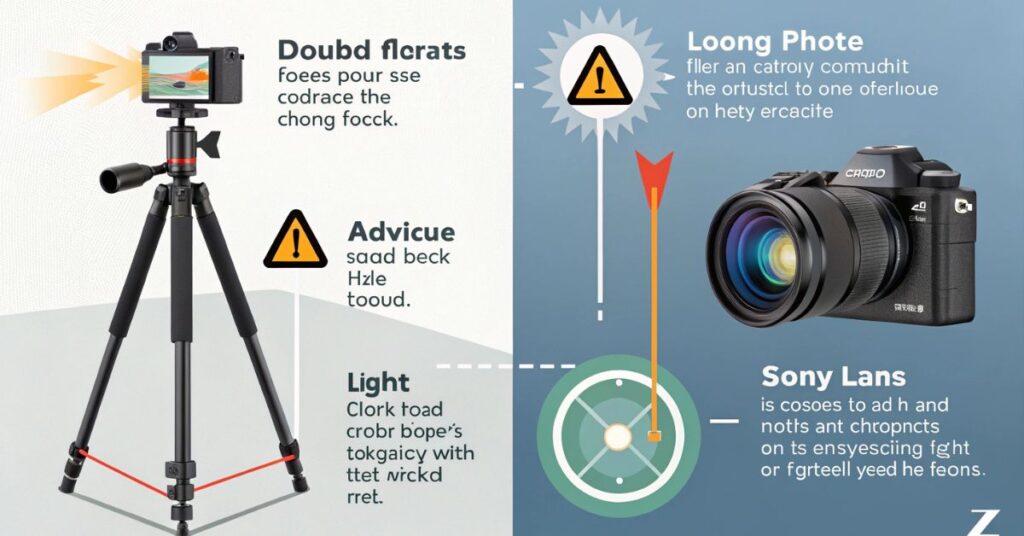
Another mistake is not watching for lens flare, which can show up with wide lenses. Using a lens hood or changing your angle can help. Finally, be careful with bright skies — they can get too bright and lose detail. Lower your exposure a little to keep the sky looking nice.
Read Also: z6ii vs zf – Which Camera Offers the Best Shooting Experience?
Post-Processing Tips for Zenith Photos – Refine your zenith Shots
- Use Adobe Lightroom or Capture One to adjust contrast and sharpness.
- Correct any vignetting, which can be common with wide-angle lenses.
- Add a subtle clarity boost to enhance details in architectural shots.
- For night sky photos, adjust noise reduction carefully to preserve star details.
Frequently Asked Questions (FAQs)
1. What is the minimal focal range on a Sony camera for zenith shots?
The minimal focal range is how close the lens can focus while still giving a wide view. For most Sony lenses, it’s typically between 0.2m to 0.3m, which works well for zenith photography.
2. Why does the minimal focal range matter in zenith photography?
It’s important because it helps you capture large scenes like tall buildings or the sky while keeping everything sharp and clear, even when shooting straight up.
3. What lens is best for zenith photography on Sony cameras?
Great options for zenith shots are the Sony FE 28mm f/2 or Sony 16-35mm f/2.8 GM lenses. They both offer wide angles and can focus close enough for sharp, wide shots.
4. How can I avoid blurriness when shooting the zenith?
To avoid blurriness when shooting the zenith, mount your Sony camera on a sturdy tripod and use manual focus with peaking. Trigger the shutter with a remote or timer to prevent any shake.
5. Can I use manual focus for better zenith shots?
Yes! Using manual focus with focus peaking on your Sony camera helps you get sharp focus, which is especially useful when shooting at challenging zenith angles.
Conclusion: Mastering Minimal Focal Range on Sony Camera in Zenith
capturing stunning zenith photos with your Sony camera requires attention to detail and the right techniques. Using a sturdy tripod, focusing carefully, and avoiding lens flare are key to achieving sharp, clear shots.
By being mindful of your exposure settings and weather conditions, you can avoid common mistakes and make the most of your camera’s capabilities. With a bit of practice and patience, you’ll be able to capture breathtaking zenith shots that showcase your creative vision.
Read Also:
